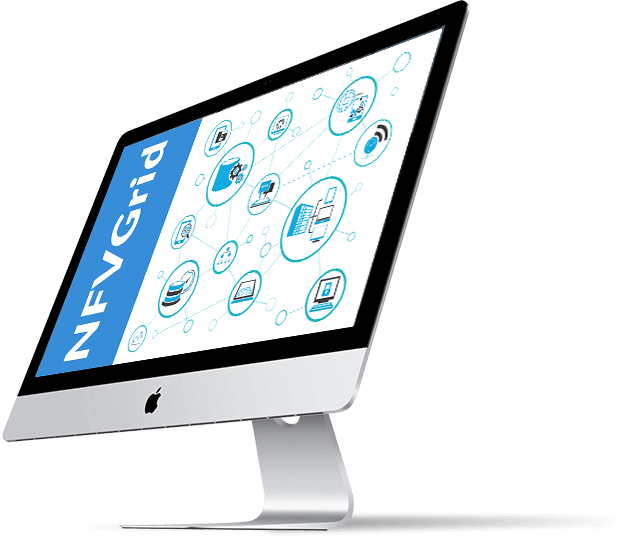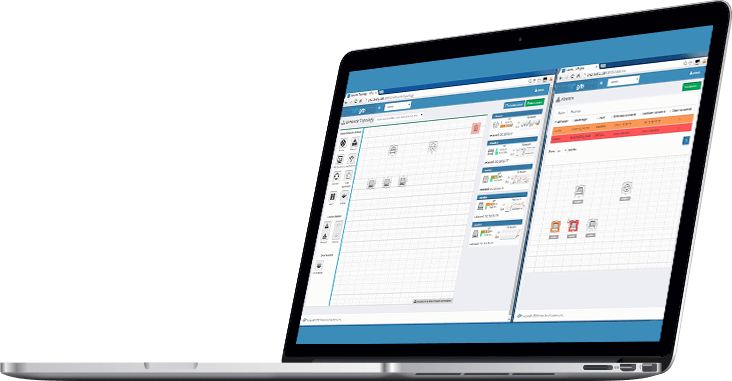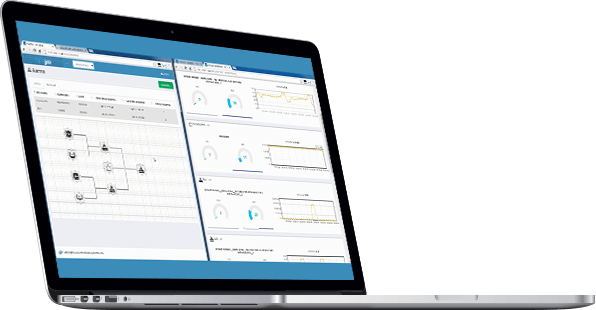Base your manual response load on your own needs. With our products using the NFVgrid Analytics Engine, you can pre-set anomaly flagging thresholds and automated response options. Focus on the events that matter most to your company and dig into root causes with our suite by using:
- Dynamic Threshold with triggers set nominally at 1, 2, and 3 σ
- Dynamic SLA with an exponential moving average
- alarm correlation for multiple network functions
- user-set micro environments down to the device level









